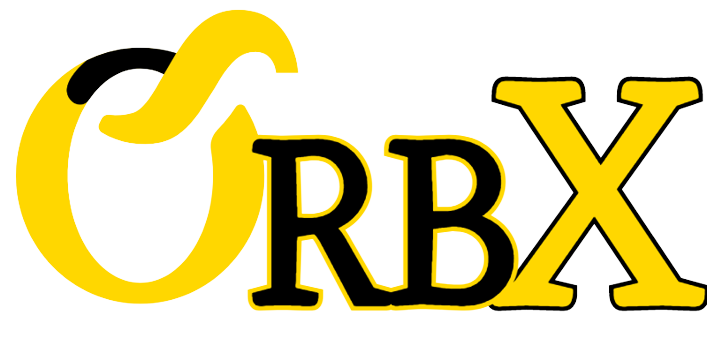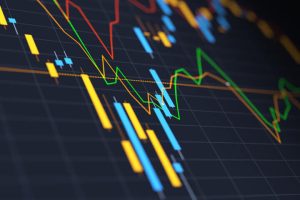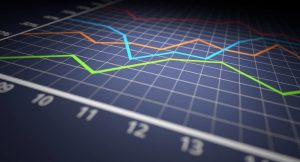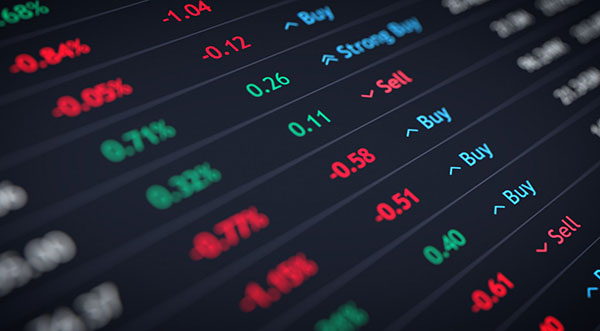Unlock the Secrets of Inflation: 7 Powerful Ways to Protect Your Finances
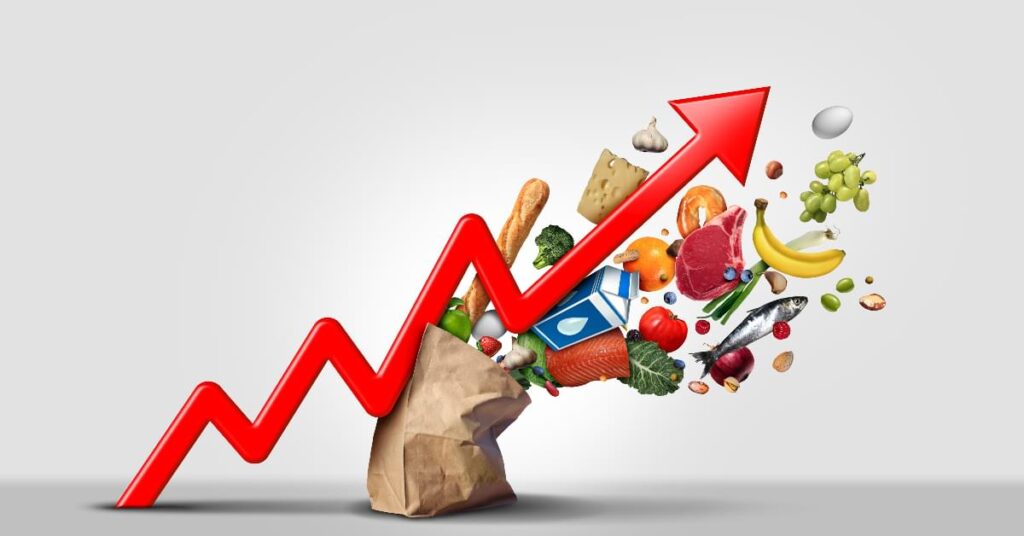
Inflation is the gradual erosion of purchasing power, characterized by a widespread increase in prices for goods and services. This phenomenon has been a significant concern in recent years. In June 2022, inflation in the United States surged to 9.1%, the highest since February 1982. Although inflation rates have slowed in the US, Europe, Japan, and the UK by late 2023, they remain above pre-pandemic levels, which were around 2%. Investors now anticipate that long-term inflation will stabilize around 2.5%, alleviating fears of a repeat of the high inflation rates seen in the 1970s and early 1980s.
Inflation reflects an overall rise in prices, diminishing the value of money. Prolonged inflation often results from an easy monetary policy where central banks set low interest rates or rapidly increase money supply. For instance, in 1970, an average cup of coffee cost 25 cents, but by 2019, it was $1.59. Inflation affects broad sectors of the economy, not just individual items.
The impact of inflation is felt in daily life through increased costs for essentials like groceries and utilities, as well as higher mortgage payments. Businesses also struggle, balancing higher raw material costs with the need to maintain profit margins. However, moderate inflation, around 2%, can stimulate spending and economic productivity, signaling a stable economy.
Despite recent declines, inflation’s future remains uncertain. Without productivity gains, Western economies might face sustained inflation or an economic reset, similar to Japan’s experience in the early 21st century. Attitudes towards inflation vary, with Europeans more concerned than North Americans about its impact on economic growth.
Causes of Inflation
Long-term inflation is primarily driven by monetary policy. The current high inflation rates result from increased money supply, high raw material costs, labor mismatches, and supply disruptions exacerbated by geopolitical conflicts.
Short-term inflation has two main types:
- Demand-pull inflation: When demand exceeds supply, as seen in the automotive industry’s recovery post-COVID-19.
- Cost-push inflation: When the cost of inputs rises, driving up prices, exemplified by commodity price spikes during the pandemic.
Historical Periods of High Inflation
Historically, high inflation periods include post-World War II, with price controls and extraordinary demand, and the “Great Inflation” from the mid-1960s to early 1980s in the US, peaking at 14.8% in 1980. Roman times also saw inflation when coinage was diluted, leading to price controls by Emperor Diocletian.

Measuring Inflation
Inflation is measured using price indices like the Consumer Price Index (CPI) and the Personal Consumption Expenditures (PCE) price index, which track the cost of a basket of goods and services over time.
Effects on Consumers and Companies
Inflation erodes consumers’ purchasing power, leading to higher costs for necessities and growing economic pessimism. Companies face higher production costs and must balance price increases to maintain margins without suppressing demand.
Responding to High Inflation
Organizations can adapt to inflation by adjusting pricing strategies, improving decision-making, and exploring cost-reducing alternatives. CEOs must lead with long-term strategies, emphasizing design, supply chain resilience, procurement, feedback, pricing, and agility.

Inflation in the US Healthcare Industry
Inflation has driven healthcare costs above general inflation rates, with labor shortages and rising demand exacerbating the issue. Healthcare leaders must boost productivity and reduce costs to manage this financial strain.
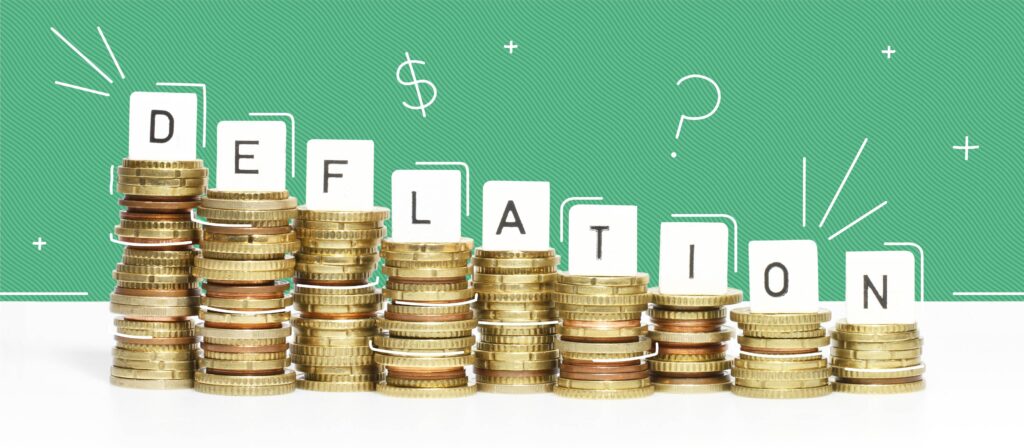
Deflation
Deflation, the opposite of inflation, occurs when prices decline, increasing the currency’s purchasing power. While it can benefit consumers short-term, deflation often signals economic weakness, leading to recessions and increased debt burdens. The Great Recession of 2007-2008 is a recent example of deflation’s impact.
